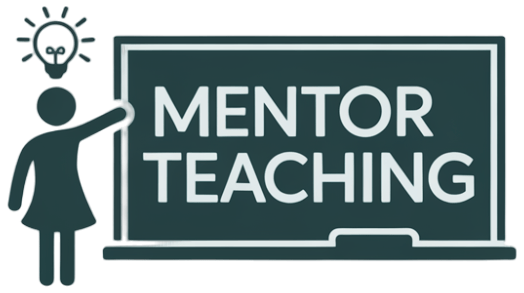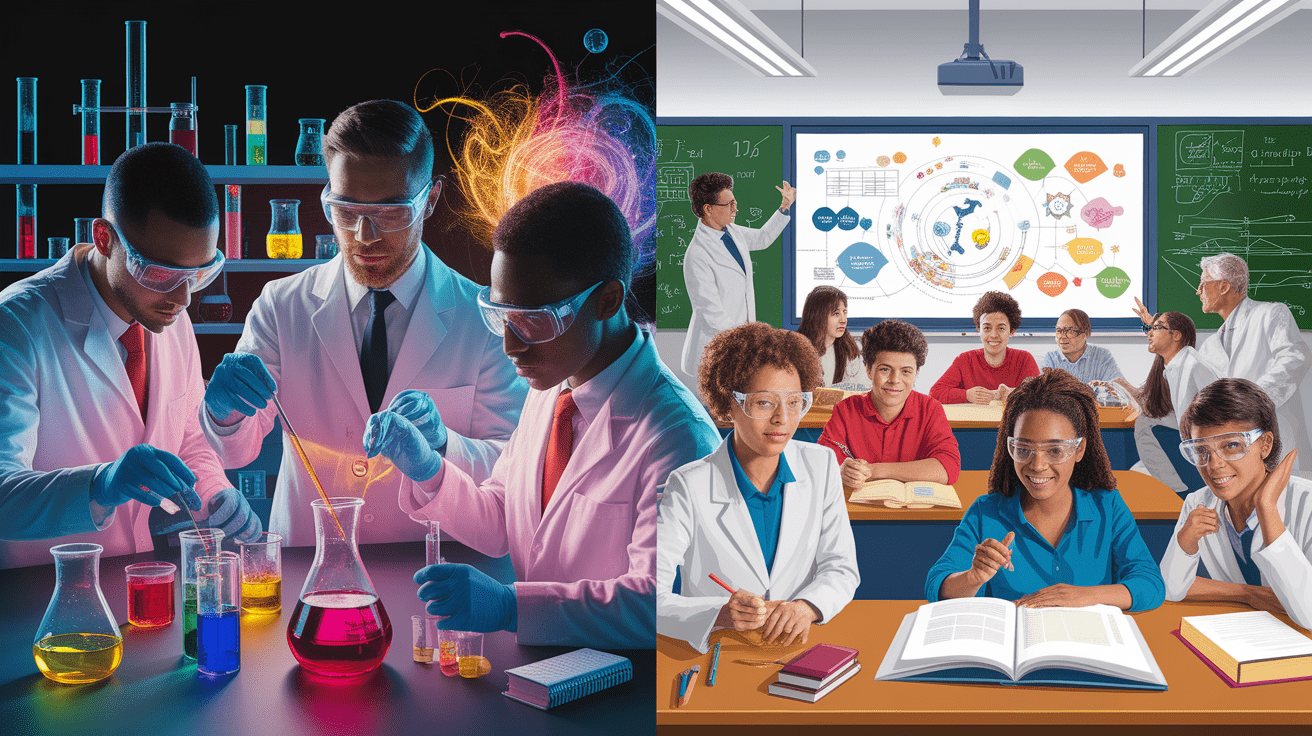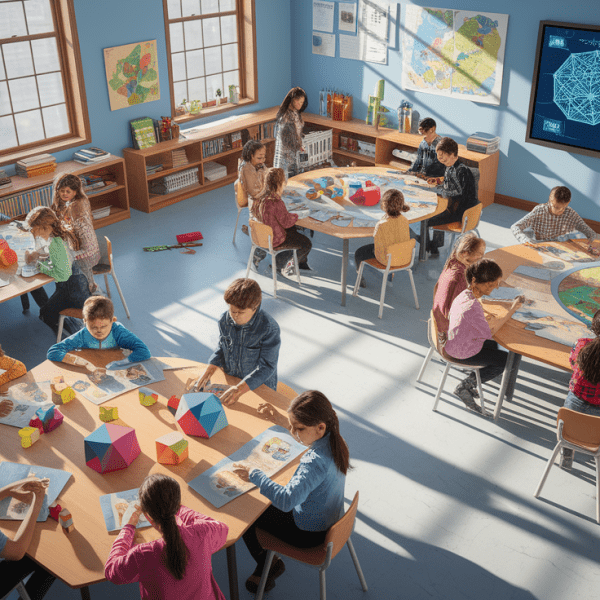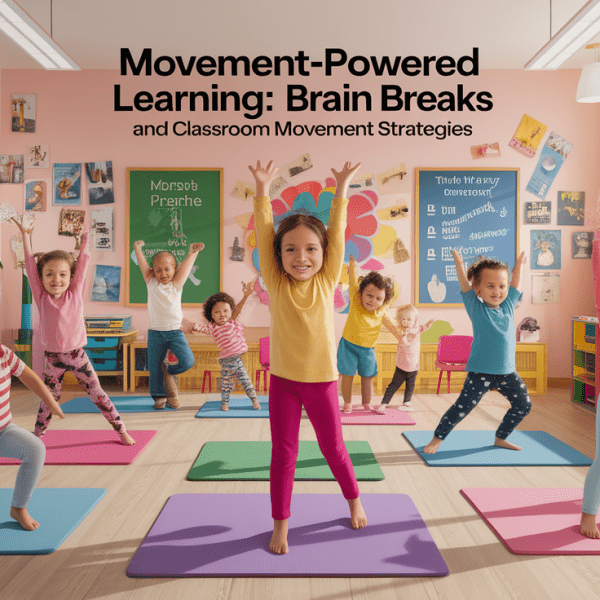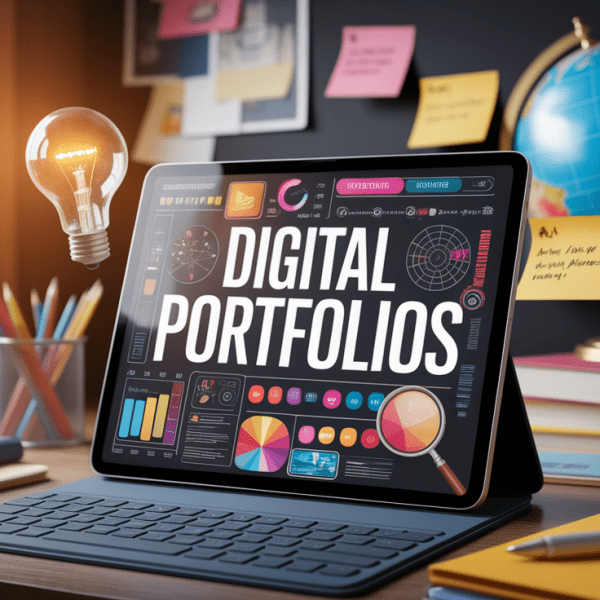Spark the Scientist Within
Every student has a spark—a curiosity that can ignite into a passion for discovery. As teachers, our role is to fan that flame until it becomes a steady burn of scientific curiosity. The magic of teaching scientific literacy lies in showing students that science isn’t locked away in lab coats—it’s part of the decisions they make every day, from choosing what’s healthy for breakfast to evaluating claims in the news. When we engage learners with enthusiasm, hands-on challenges, and real-world connections, we’re not just teaching content—we’re growing critical thinkers.

Defining Scientific Literacy
So, what exactly is scientific literacy? In short, it’s the ability to understand scientific concepts, processes, and the scientific method—and to use that understanding to evaluate information critically. It goes well beyond memorizing facts. It’s about mastering skills like questioning, hypothesis testing, data interpretation, and communicating scientific ideas effectively. Students who grasp scientific literacy also recognize the social side of science, such as peer review and the evolving nature of scientific knowledge. The goal isn’t expert-level mastery, but developing conversational competency, enabling them to spot credible evidence and distinguish it from misinformation.
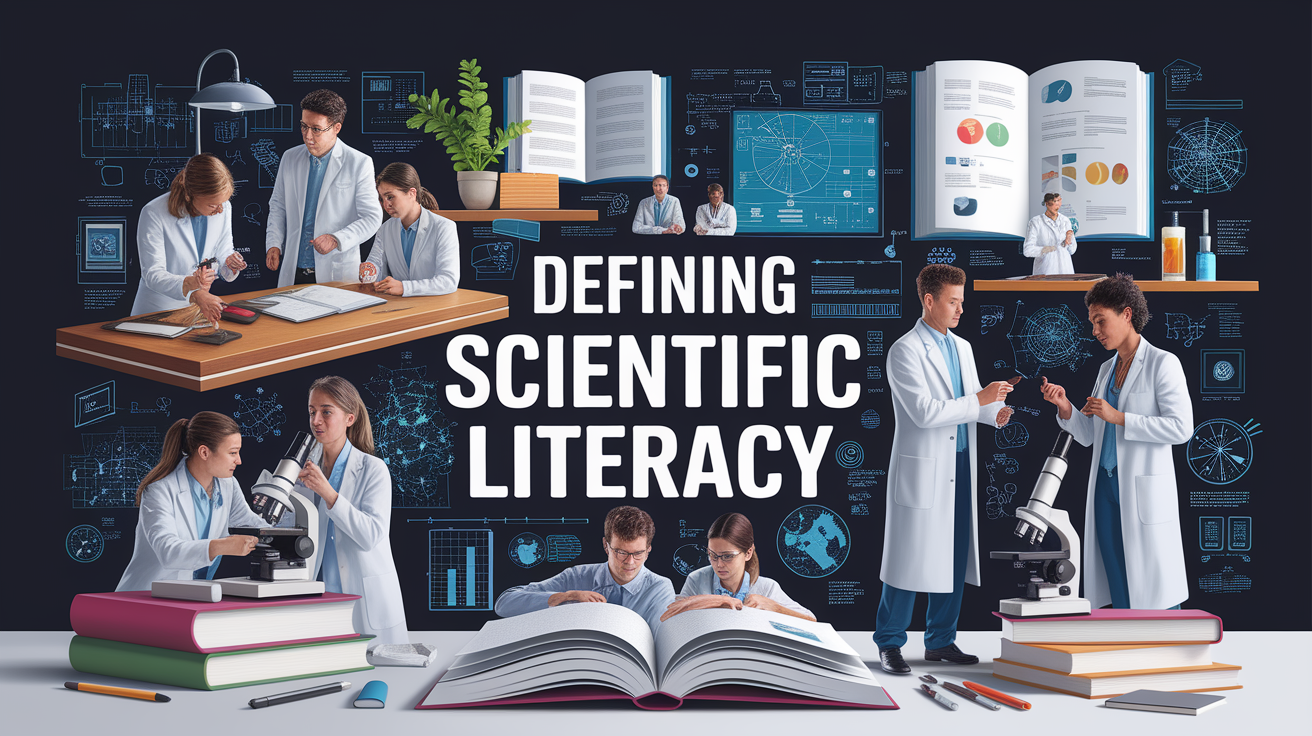
Core Teaching Strategies
Building scientific literacy in the classroom starts with intentional strategies. According to the National Science Teaching Association, successful approaches include inquiry-based learning, incorporating evidence-based reasoning, and modeling clear scientific communication. Provide opportunities for students to design experiments, analyze data sets, and evaluate sources—not just in science classes but across disciplines. A key tactic is to address science misconceptions directly and foster open-ended questioning, helping learners develop healthy skepticism without veering into cynicism.
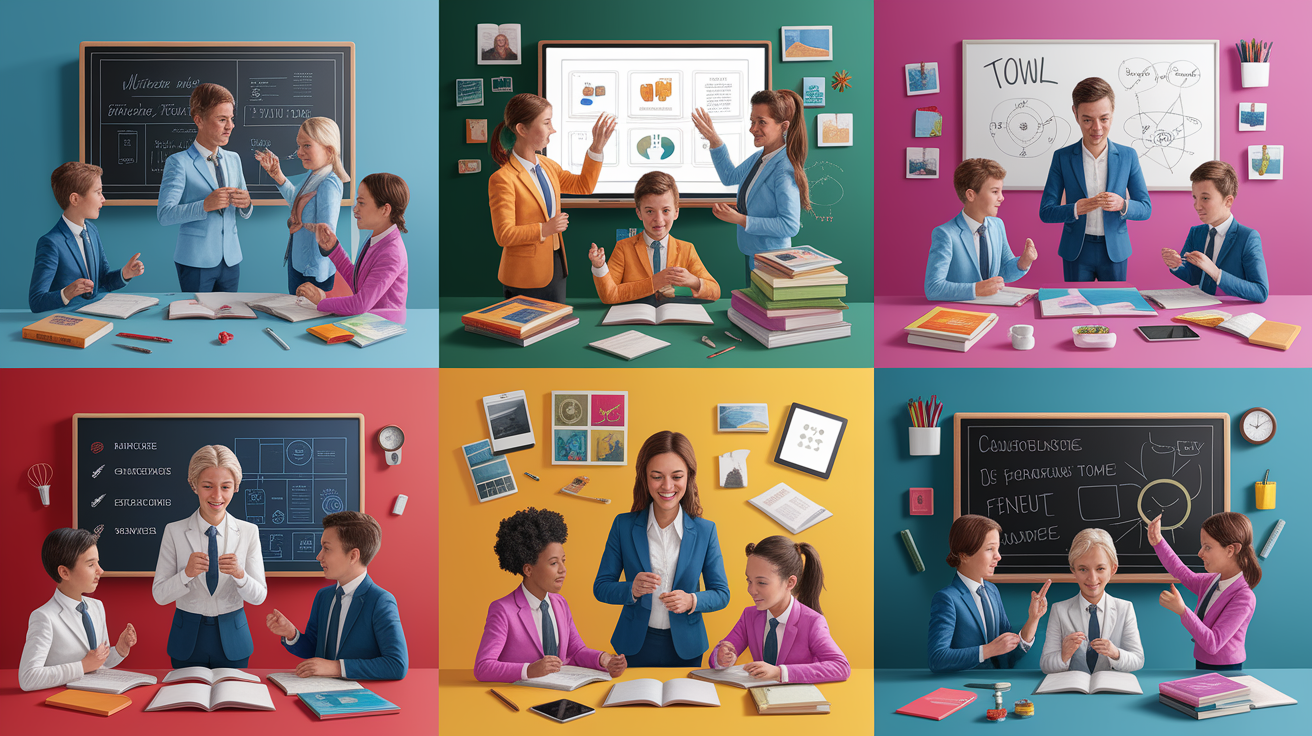
- Use laboratory experiments to illustrate the scientific method.
- Integrate scientific reasoning into history or language arts projects.
- Regularly practice evidence evaluation and source credibility checks.
- Encourage students to engage in scientific argumentation with peers.
Crafting Engaging Lessons
To truly capture student interest, lessons need to be immersive and relevant. Think beyond the textbook—create interactive scenarios where students must analyze real scientific claims, such as investigating environmental issues or evaluating medical studies. Combining STEM education with everyday examples makes science tangible. You might simulate a peer review process in class, use multimedia to highlight scientific communication skills, or assign projects requiring students to present their findings in multiple formats—written, oral, and visual.
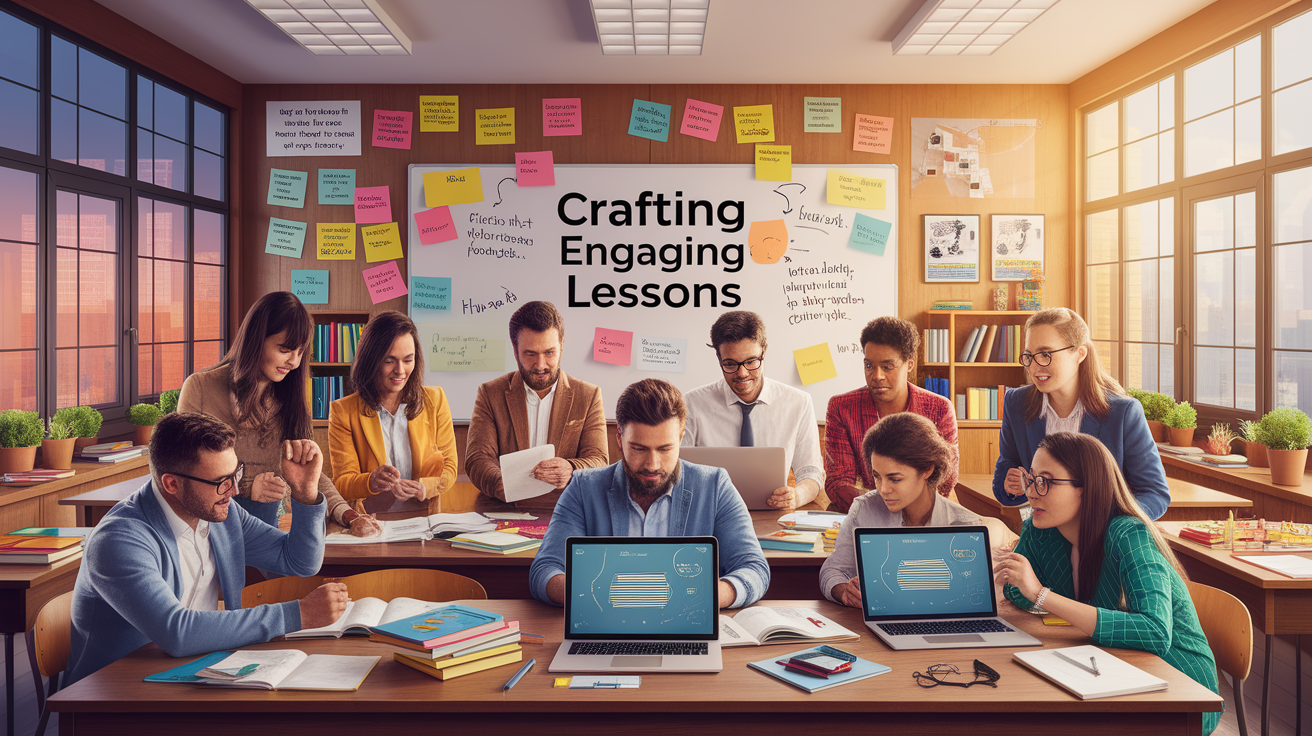
Drawing inspiration from frameworks like the OECD’s PISA model allows educators to craft lessons that address multiple dimensions of scientific literacy: knowledge, process, and application. The more lesson plans challenge students to think like scientists, the more invested they become.
Assessing and Reinforcing Literacy
Assessment isn’t just about grading—it’s about nurturing growth. Effective science literacy assessment strategies combine formative evaluations, such as quick data interpretation exercises, with more formal tools like science literacy rubrics modeled on the OECD’s proficiency levels. Consider assessments that require students to apply their knowledge to new scenarios, reinforcing their ability to reason scientifically in unfamiliar contexts.
Reinforcement comes from consistently embedding scientific reasoning across the school year. Encourage peer feedback during experiments, integrate media literacy into science lessons, and revisit the scientific method often so it becomes second nature.
Passing the Lab Coat Forward
Scientific literacy has a profound societal impact—it equips future citizens to make informed decisions on issues like climate change, public health, and technology. Initiatives discussed by University of Nebraska–Lincoln highlight how literacy programs can prepare students to tackle global challenges. By passing the metaphorical lab coat forward, teachers empower learners to apply their skills outside the classroom, fostering lifelong curiosity and resilience in a world increasingly shaped by science and technology.
As science educators, our reward is seeing students transition from tentative hypothesis testers to confident, question-asking, evidence-weighing thinkers. When they carry those skills into adulthood, they contribute not just to their own success, but to the health and progress of society.
